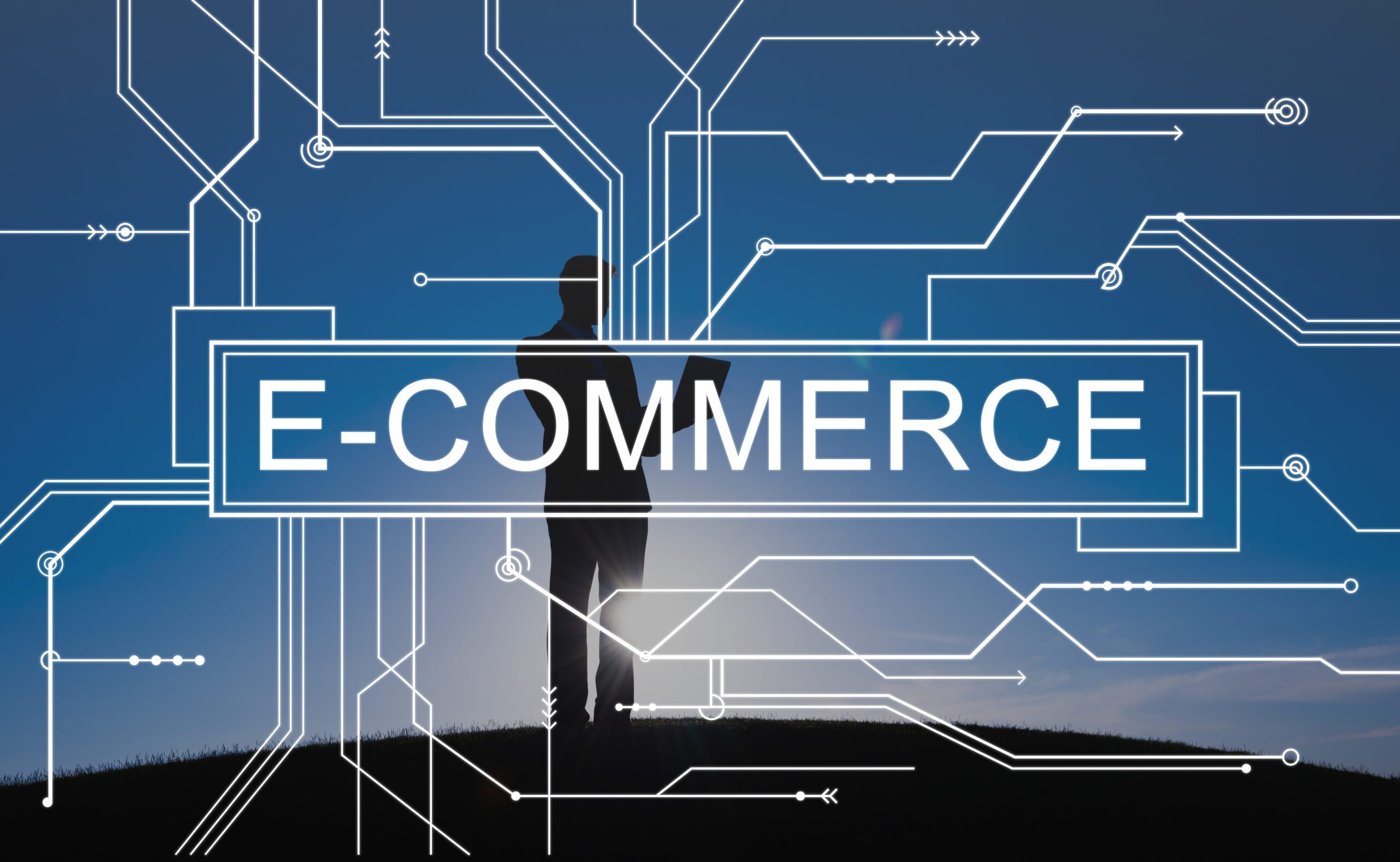Introduction
The advent of the internet brought about a profound revolution in the way we conduct business, and nowhere is this more evident than in the realm of e-commerce. E-commerce, short for electronic commerce, refers to the buying and selling of goods and services over the Internet. Since its inception in the 1990s, e-commerce has experienced exponential growth and has become an integral part of our daily lives. This article delves into the history, development, and future prospects of e-commerce, exploring its impact on businesses, consumers, and the global economy.
I. The Emergence of E-commerce
E-commerce’s roots can be traced back to the early 1970s when electronic data interchange (EDI) was developed. EDI enabled businesses to exchange electronic documents, laying the groundwork for future e-commerce systems. However, it wasn’t until the 1990s, with the advent of the World Wide Web and secure online payment systems, that e-commerce truly took off.
Early Pioneers: Amazon and eBay
Among the early pioneers of e-commerce were Amazon and eBay. Launched in 1995, Amazon started as an online bookstore but quickly expanded its offerings to become a global marketplace for virtually anything. eBay, founded the same year, revolutionized e-commerce by creating an online auction platform that facilitated peer-to-peer buying and selling.
The Dot-com Bubble and Consolidation
The late 1990s saw a surge of e-commerce startups during the dot-com bubble. However, many of these companies failed due to unsustainable business models and inflated expectations. The subsequent dot-com crash led to a period of consolidation, with stronger companies surviving and thriving.
II. The Growth of E-commerce
The 2000s marked a period of significant growth for e-commerce, fueled by technological advancements, increased internet penetration, and shifting consumer behaviors.
Broadening Consumer Base
As internet access became more widespread, e-commerce reached a broader consumer base. Initially, concerns about security and trust hampered adoption, but as online payment systems and encryption technology improved, consumer confidence grew.
Mobile Commerce (M-commerce)
The proliferation of smartphones and mobile devices introduced a new dimension to e-commerce. M-commerce allowed consumers to shop on the go, accelerating the growth of e-commerce even further.
The Rise of Social Commerce
Social media platforms, such as Facebook, Instagram, and Pinterest, capitalized on their vast user bases and integrated e-commerce features. Social commerce emerged as a powerful new channel for reaching consumers and driving sales.
III. Impact on Retail and Businesses
The rise of e-commerce has had a profound impact on traditional brick-and-mortar retail and businesses across various industries.
Disruption of Traditional Retail
Traditional retailers faced fierce competition from online stores, leading to the closure of many physical stores and the reshaping of the retail landscape. Companies that adapted to the digital era, such as Walmart and Target, successfully integrated online and offline strategies.
The Rise of Direct-to-Consumer (D2C) Brands
E-commerce provided a platform for direct-to-consumer (D2C) brands to bypass traditional distribution channels and connect directly with their customers. This enabled greater brand control, enhanced customer relationships, and streamlined supply chains.
Global Reach for Small Businesses
E-commerce leveled the playing field for small businesses, allowing them to access a global customer base without the need for a physical presence in different locations. Online marketplaces and platforms like Etsy and Shopify empowered entrepreneurs to reach customers worldwide.
IV. Challenges and Solutions
Despite its success, e-commerce has encountered several challenges over the years, including security concerns, logistical complexities, and customer trust issues.
Security and Privacy Concerns
Cybersecurity threats, data breaches, and online scams have raised concerns about the safety of online transactions. E-commerce companies have responded by implementing robust security measures and complying with data protection regulations.
Logistics and Supply Chain Management
Efficient logistics and supply chain management are crucial for timely deliveries and customer satisfaction. Innovations such as drone deliveries, warehouse automation, and real-time tracking have addressed these challenges.
Building Consumer Trust
Building and maintaining consumer trust is essential for sustainable e-commerce growth. Transparency, customer reviews, and reliable customer support have played significant roles in establishing trust with online shoppers.
V. The Future of E-commerce
As technology continues to evolve, so will the landscape of e-commerce. Several trends are likely to shape the future of e-commerce.
Augmented Reality (AR) and Virtual Reality (VR) Shopping
AR and VR technologies will enable consumers to have immersive shopping experiences from the comfort of their homes, virtually trying on products before making a purchase.
Artificial Intelligence (AI) and Personalization
AI-powered algorithms will play a crucial role in providing personalized product recommendations, improving search results, and enhancing customer service.
Sustainability and Ethical Consumption
Consumers are increasingly conscious of environmental and social issues. E-commerce companies will need to prioritize sustainability, ethical sourcing, and green packaging to appeal to eco-conscious customers.
Integration of Blockchain Technology
Blockchain technology can enhance transparency, security, and traceability in e-commerce transactions, reducing fraud and counterfeiting risks.
Conclusion
E-commerce has come a long way since its inception, transforming the way we buy and sell goods and services. From modest beginnings to a global phenomenon, e-commerce has disrupted traditional retail, empowered small businesses, and connected consumers worldwide. As we move into the future, e-commerce will continue to evolve, driven by technological innovations and changing consumer preferences. Embracing these changes and addressing challenges will be vital for businesses to thrive in the dynamic world of e-commerce.







